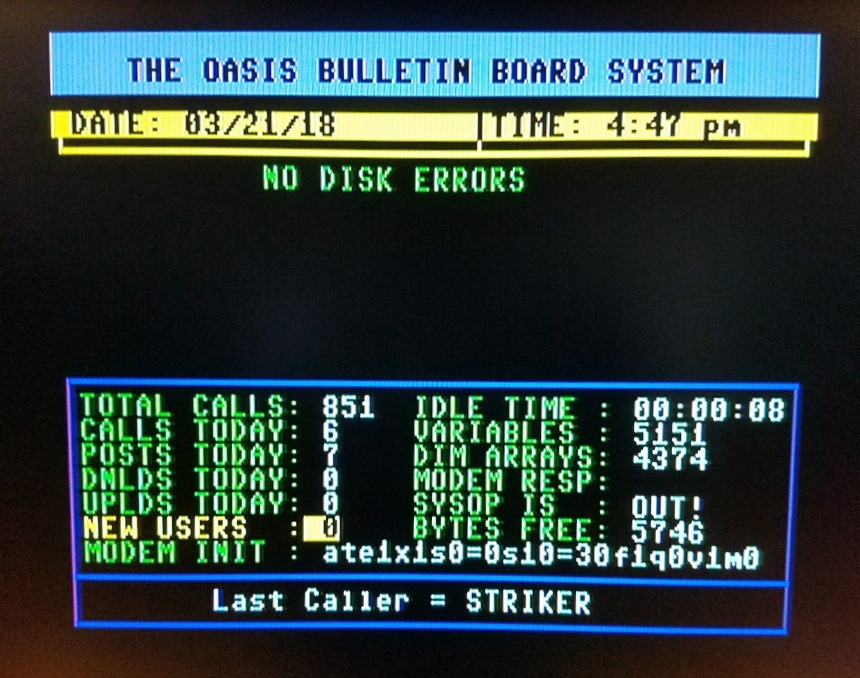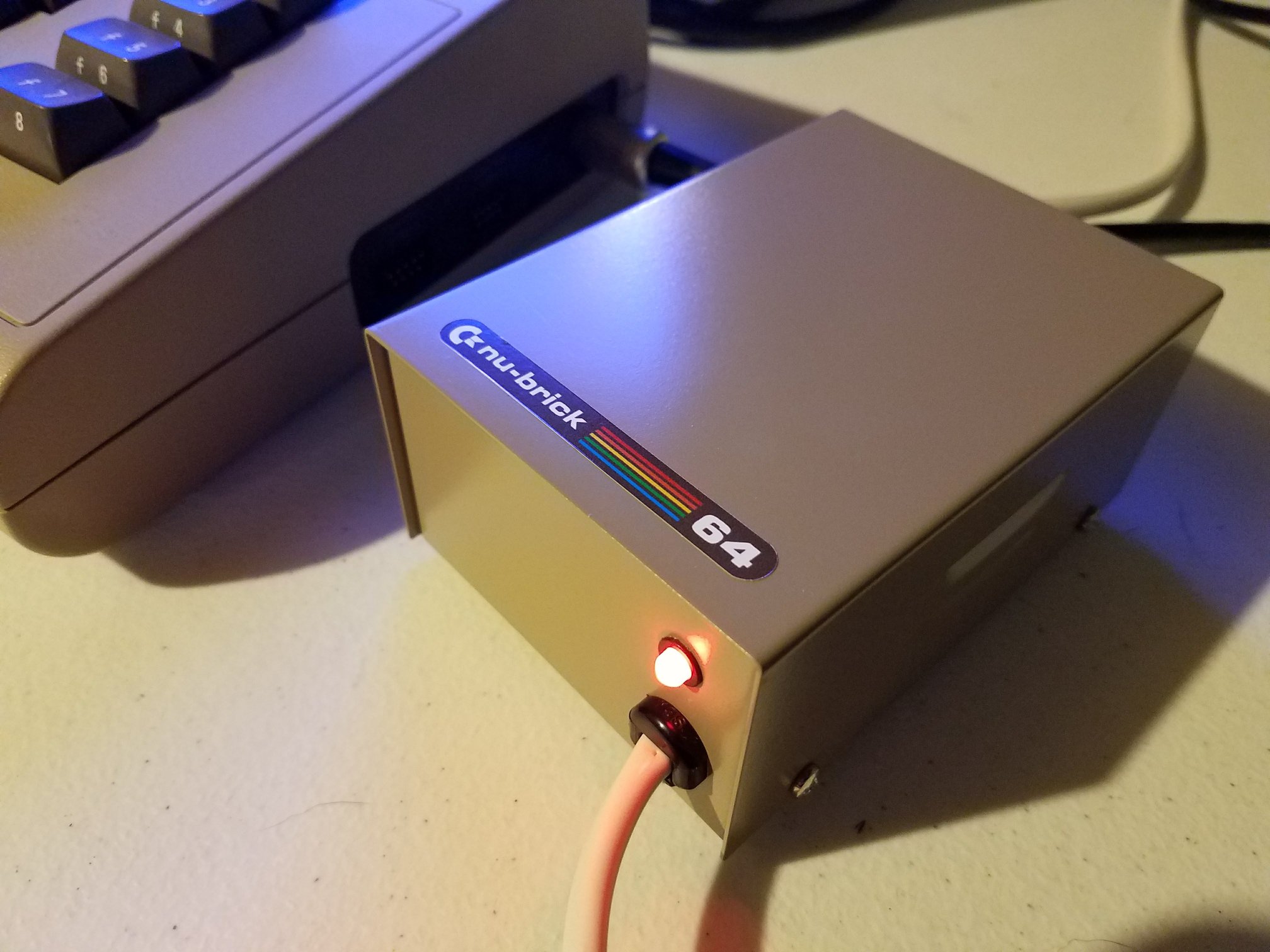In this clear and practical EPROM burning guide, Retronaut walks viewers through using the T48 programmer and Xgpro software to create custom ROMs. Whether you’re backing up JiffyDOS or writing a fresh binary, this short video packs a surprising amount of useful detail. Chris explains how to identify, read, write, and verify EPROMs using the right chip profiles—while avoiding common mistakes that can lead to a failed burn.
Once the EPROM is inserted into the T48’s ZIF socket, the process begins by identifying the correct chip profile. As Chris demonstrates, not all 27C64 chips are the same, and choosing the wrong one—say, a 12-volt variant instead of a 21-volt—will cause issues. With the correct profile loaded, he reads the chip and verifies its contents, showing how the Xgpro software handles pin detection and ID matching.
Next, the video covers the blank check. Since EPROMs are one-time write chips (until erased), the programmer can only verify their blank state—it can’t erase them. That job falls to the “box of death,” an ultraviolet eraser that resets the chip after several minutes under its harsh glow. Once blank, Chris loads a known-good JiffyDOS image and uses the software to burn it to a fresh chip.
The final steps include verifying the burn by comparing the ROM image in memory to the contents of the chip. A successful match confirms that the EPROM is ready for use. Chris even erases the chip again to prove the cycle can repeat with consistent results.
This EPROM burning guide skips fluff and focuses on practical use. Every step is shown in real time, including recovery from profile mismatches and reading corrupt or blank data. It’s a valuable walkthrough for hobbyists, especially those tinkering with Commodore hardware.







